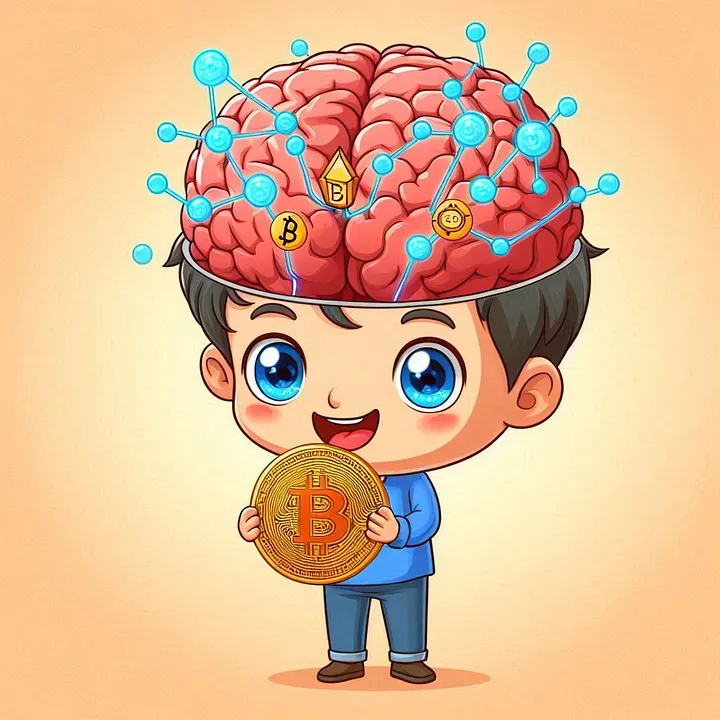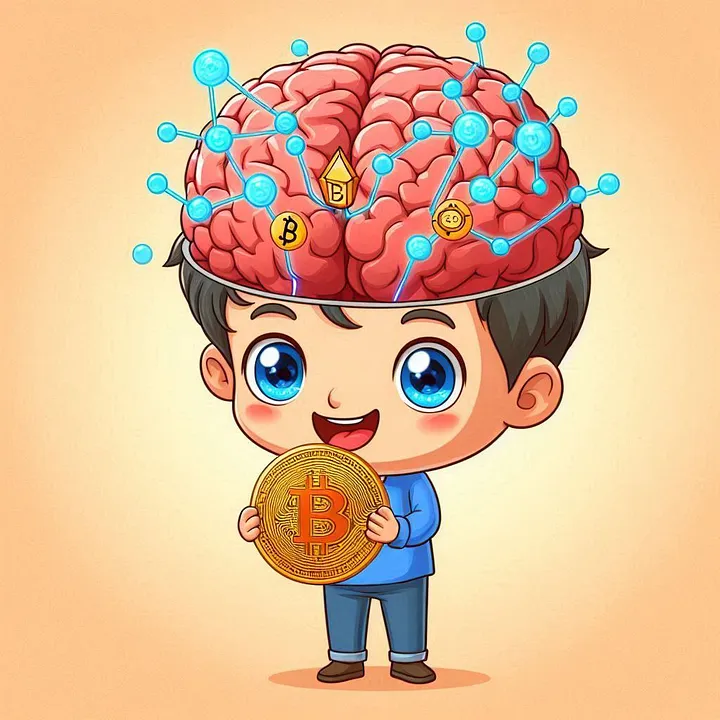In the past few years, people in tech circles have talked a lot about “Web3,” calling it the next big change in how the internet works. But what does Web3 mean, and why should we care? This guide will explain the basics of Web3, its main parts, and why many think it will change how we use the internet.
How the Web Has Changed Over Time
To understand Web3, it helps to know about the earlier versions of the web:
- Web1 (The Static Web): Web1 means the early internet, from the 1990s to the early 2000s. Most websites were just pages you could look at, without much interaction. People could read information, but those who knew how to code could make content.
- Web2 (The Social Web): Web2 caused a revolution in how people interact with the internet. Sites like Facebook, Twitter, and YouTube popped up making it easy for users to make and share stuff online. But this change also meant a few big companies ended up with most of the data and control.
How Web3 Works
Web3 apps also known as dApps, operate on blockchain networks instead of central servers. These dApps usually have open-source code allowing anyone to see, apply, or add to it. People use dApps through wallets like MetaMask, which keep private keys safe and let users make secure blockchain transactions.
Take a Web3 social media platform as an example. Users might get crypto for what they add such as posts or comments. They’d also fully own their content, which no central power could take down or censor.
Benefits of Web3
- User Control: Web3 hands over data control to users cutting down dependence on big platforms.
- Clear Dealings: Blockchain tech makes transactions and interactions see-through, which helps to cut down on cheating.
- Standing Up to Censorship: Spread-out networks are harder to censor, so users can speak up even when rules are tight.
- Money-Making Chances: Web3 brings in new ways to handle money, like decentralized finance (DeFi) where people can lend, borrow, and trade stuff without needing banks or other money middlemen.
Challenges and Considerations
Web3 shows promise, but it faces several hurdles:
- Scalability: Blockchain networks often can’t handle high volumes, which slows down transactions and drives up costs.
- User Experience: Newcomers often find it hard to use Web3 apps because blockchain tech can be tricky.
- Regulation: Web3’s spread-out nature makes it tough for rule-makers to keep tabs on financial crimes and protect users.
- Security: While blockchain itself is tough to crack smart contracts and dApps can have flaws that bad actors might exploit.
The Future of Web3
Web3 is just getting started, but it could change how we use the internet in big ways. As the tech gets better, we’ll see easier-to-use dApps faster systems, and more businesses and people using decentralized setups.
Conclusion
Web3 marks a big change in how we see the internet showing us a picture of a spread-out, user-run digital scene. Even though there are still some issues to solve, Web3 has the power to build a more open, fair, and clear online world. In this new setup, people can take charge of their online lives.
Whether you’re a developer, an investor, or simply a curious internet user, Web3 is a space worth exploring as it continues to evolve.


 Web3 Preacher
Web3 Preacher


